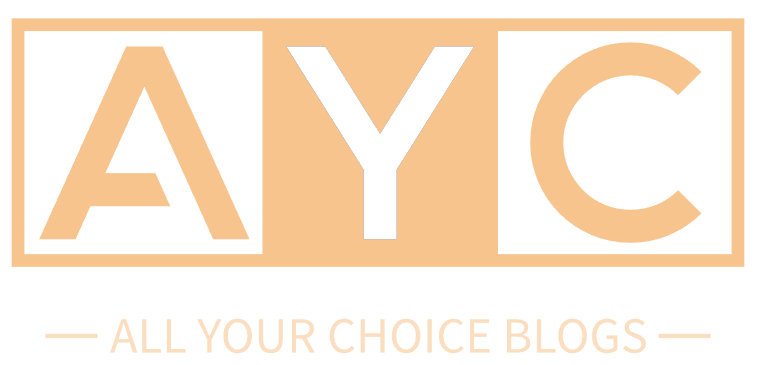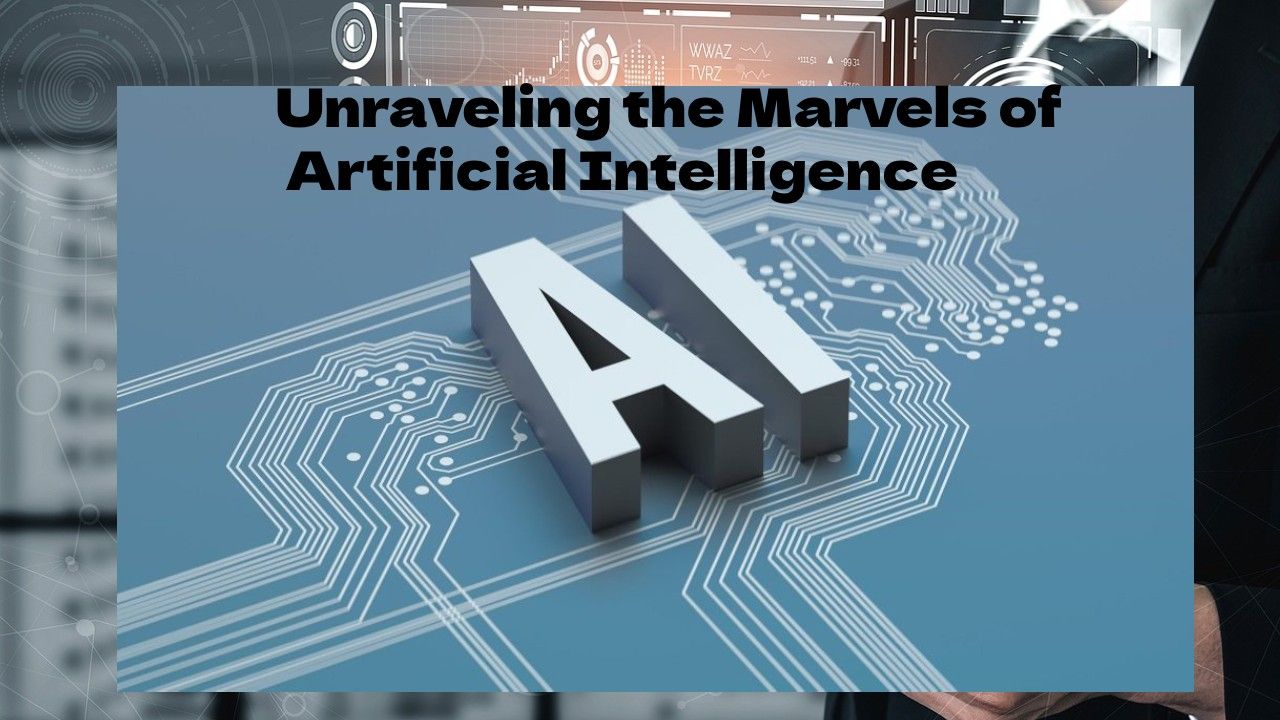Introduction
Germany, More than 84 million people live their, also known as the Federal Republic, a nation in Central Europe. Berlin is the capital, Frankfurt serves as the financial hub, and it borders nine nations. After the First World War, the unified state of 1871 evolved into the Weimar Republic and subsequently the Nazi state. Divided into the West and East after World War II, it was brought back together in 1990. Known for its technological and industrial sectors, universal healthcare, and free higher education, Germany is a global economic leader. With multiple UNESCO World Heritage Sites, it is a founding member of the EU, G7, and G20.
Etymology
Julius Caesar referred to the peoples east of the Rhine as “Germania,” which is where the English word “Germany” originates. “Deutschland” is derived from “diutisciu land” (‘the German lands’), which is Old High German for “diutisc” (‘of the people’), which was used to distinguish Latin from common tongue. This comes from Proto-Indo-European *tewtéh₂- (‘people’) and Proto-Germanic *þiudiskaz (‘of the people’), which is also the origin of the word “Teutons.”
History
Prehistory
Among the first bipeds are prehistoric creatures such as Danuvius guggenmosi, which lived in Germany 11 million years ago. Germany was home to prehistoric beings 600,000 years ago. The Neander Valley is home to the earliest fossilized Neanderthal. Flute dating back 42,000 years, the 40,000-year-old Lion Man, and the 41,000-year-old Venus of Hohle Fels from the Swabian Jura are examples of modern human evidence. Germany is also the location of the Bronze Age Nebra sky disk.
Germanic groups, Roman frontier and the Frankish Empire
Since the Nordic Bronze Age, the Germanic peoples have lived. They came into contact with Celtic, Persian, Baltic, and Slavic groups as they migrated from Scandinavia and northern Germany. The Battle of the Teutoburg Forest in 9 AD saw the Romans repulsed after a brief invasion of their territory. As Roman provinces were established in areas of southern Germany by the year 100 AD, Germanic groups had settled along the Rhine and Danube. When Rome began to crumble, groups like the Franks spread out and settled deeper, encompassing sections of present-day eastern Germany. They first invaded Roman territory about 260.
East Francia and the Holy Roman Empire
German Confederation and Empire
In opposition to Prussia, the German Confederation of 39 states was founded by the Congress of Vienna, headed by Austria. Liberal movements arose, but they were put down. Prussian triumphs under Bismarck’s leadership brought Wilhelm I to unify Germany in 1871. Germany pursued imperialism under Wilhelm II, growing its empire of colonies. Hitler’s ascension was aided by the outbreak of World War I, which resulted in Germany’s defeat, revolt, and acceptance of the Treaty of Versailles.







